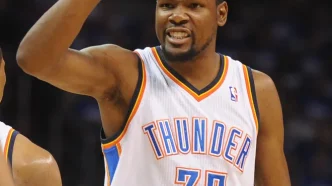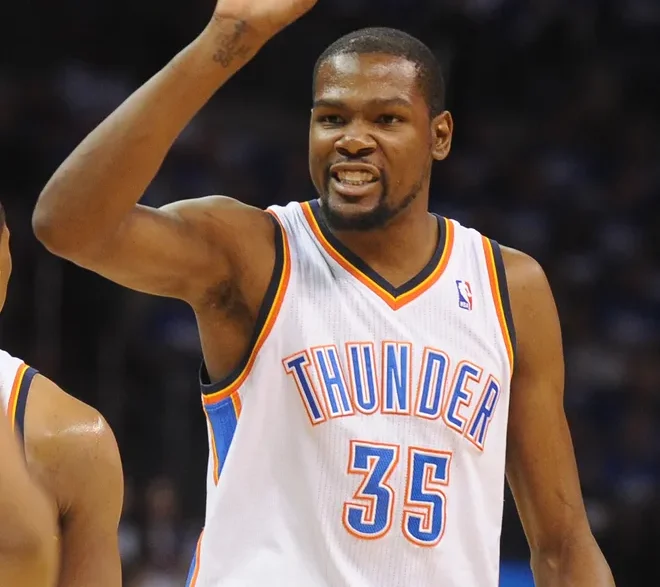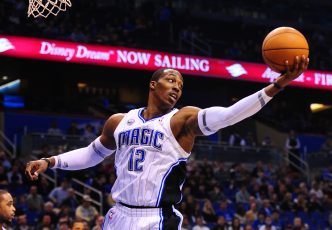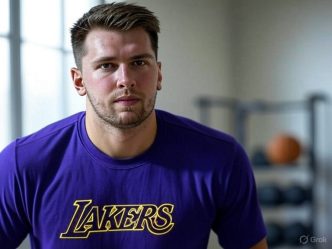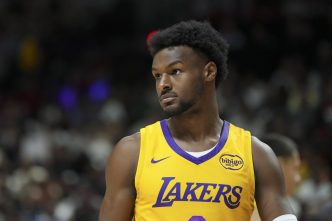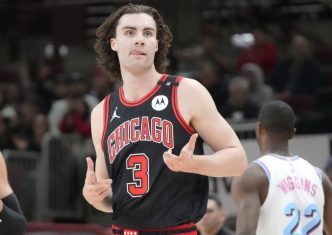The Oklahoma City Thunder are back in the Western Conference Finals, and for fans, it’s like stepping into a time machine. The energy, the stakes, the sheer electricity of this moment can’t help but pull you back to 2016, when the Thunder held a commanding 3-1 lead over the Golden State Warriors in the WCF. That series was a rollercoaster, a masterclass in basketball drama, and its aftermath reshaped the franchise in ways that still echo today. Let’s break down how this current Thunder run stacks up against that unforgettable 2016 campaign—and why this time, the story might end differently.
Back in 2016, the Thunder were a force of nature. Kevin Durant and Russell Westbrook were at the peak of their powers, a duo that could go toe-to-toe with any team in the league. They were up 3-1 against a Warriors squad that had just posted a historic 73-9 regular-season record. Game 4 in Oklahoma City was a statement—Westbrook and Durant combined for 66 points, and the Thunder’s defense suffocated Golden State’s high-octane offense, holding them to just 94 points. The Chesapeake Energy Arena was a cauldron of noise, and it felt like OKC was on the verge of something special, maybe even a trip to the NBA Finals.
Fast forward to today, and the Thunder are once again turning heads in the postseason. This squad, led by a new generation of stars, has shown the same kind of grit and swagger that defined that 2016 team. They’re playing with a chip on their shoulder, blending relentless defense with a fast-paced, unselfish offense that keeps opponents guessing. Watching them carve through their playoff opponents feels reminiscent of those 2016 nights when OKC looked unstoppable. The current roster’s ability to lock in defensively—smothering drives and contesting every shot—mirrors the way that 2016 team made life miserable for the Warriors’ shooters early in the series.
But here’s where the parallels get complicated. In 2016, the Thunder’s 3-1 lead slipped away in stunning fashion. Game 5 was a turning point—Golden State clawed back with a 120-111 win, as Steph Curry and Klay Thompson started to find their rhythm. Game 6, though, is the one that still stings for Thunder fans. Up by seven with under five minutes left, OKC couldn’t close it out. Klay Thompson erupted for 41 points, including 11 three-pointers, and the Warriors stole a 108-101 victory on OKC’s home floor. Game 7 was a gut punch—Golden State’s 96-88 win ended the Thunder’s season and set the stage for a seismic shift.
That summer, Kevin Durant’s departure to Golden State in free agency hit like a thunderbolt. The man who had been the face of the franchise, a former MVP who averaged 28.2 points per game in that 2016 postseason, was gone. It wasn’t just a loss on the court; it felt personal for fans who had watched KD grow from a skinny rookie into one of the game’s all-time greats. The move left OKC reeling, forced to rebuild around Westbrook’s relentless energy while navigating a new reality without their superstar.
Today’s Thunder, though, feel like they’re built on a different foundation. Where the 2016 team leaned heavily on the star power of Durant and Westbrook, this roster is deeper, more balanced. The young core plays with a cohesion that’s rare for a team this early in its championship window. Their ball movement is crisp, their defensive rotations are disciplined, and they’ve got a knack for making big plays in crunch time. It’s the kind of team chemistry that can carry you far in May and June, and it’s a stark contrast to the 2016 squad, which sometimes felt like it was riding the brilliance of its two stars rather than a true collective effort.
The 2016 collapse wasn’t just about missed shots or defensive lapses. It was about a team that couldn’t quite sustain its edge against a Warriors squad that was finding its dynasty form. Golden State’s small-ball lineup, with Draymond Green at center, stretched OKC’s defense thin and exposed some of the Thunder’s limitations in closing games. This current Thunder team, however, seems better equipped to handle those kinds of adjustments. Their versatility—guys who can switch defensively, knock down threes, and attack the rim—gives them the tools to counter whatever an opponent throws their way. It’s the kind of flexibility that might’ve made a difference in those fateful final games of 2016.
Another key difference? The stakes feel different this time around. In 2016, the Thunder were playing with the weight of a franchise-defining moment. A trip to the Finals was on the line, and with Durant’s free agency looming, every game carried an existential edge. The current Thunder, while hungry, don’t seem burdened by that same pressure. They’re playing with house money, a young team exceeding expectations and learning on the fly. That freedom could be their secret weapon—it’s easier to play loose when you’re not carrying the ghosts of a 3-1 collapse.
Of course, the specter of 2016 still looms large. Thunder fans know better than most how quickly a series can turn. A 3-1 lead doesn’t guarantee anything, and the Western Conference is as brutal as ever, with teams that can match OKC’s intensity and talent. But this team feels like it’s learned from the past, even if most of the players weren’t there for it. The coaching staff has preached resilience, and the players have bought in, showing a knack for bouncing back from tough losses in a way that 2016 team couldn’t quite manage.
The Durant saga adds another layer to the comparison. His exit in 2016 wasn’t just a personnel loss; it was a cultural shift for the franchise. OKC had to redefine itself, leaning into its underdog identity and building through the draft. The result is the team we see today—one that’s exciting, homegrown, and fiercely loyal to the city. There’s no Durant-level superstar on this roster (at least not yet), but there’s also no risk of a free-agency gut punch. This group feels like it’s in it for the long haul, a stark contrast to the uncertainty that hung over the 2016 squad.
So, where does this leave us? The Thunder’s current run is a chance to rewrite the narrative. They’re not just chasing a conference finals win; they’re chasing closure for a fanbase that’s been through the wringer. The 2016 series showed how close OKC could come to greatness, only to have it slip away. This time, with a deeper roster, a smarter game plan, and a hunger to prove themselves, the Thunder have a shot to flip the script. They’re not just playing for a title—they’re playing to bury the ghosts of 3-1. And if they keep playing like this, they just might do it.

